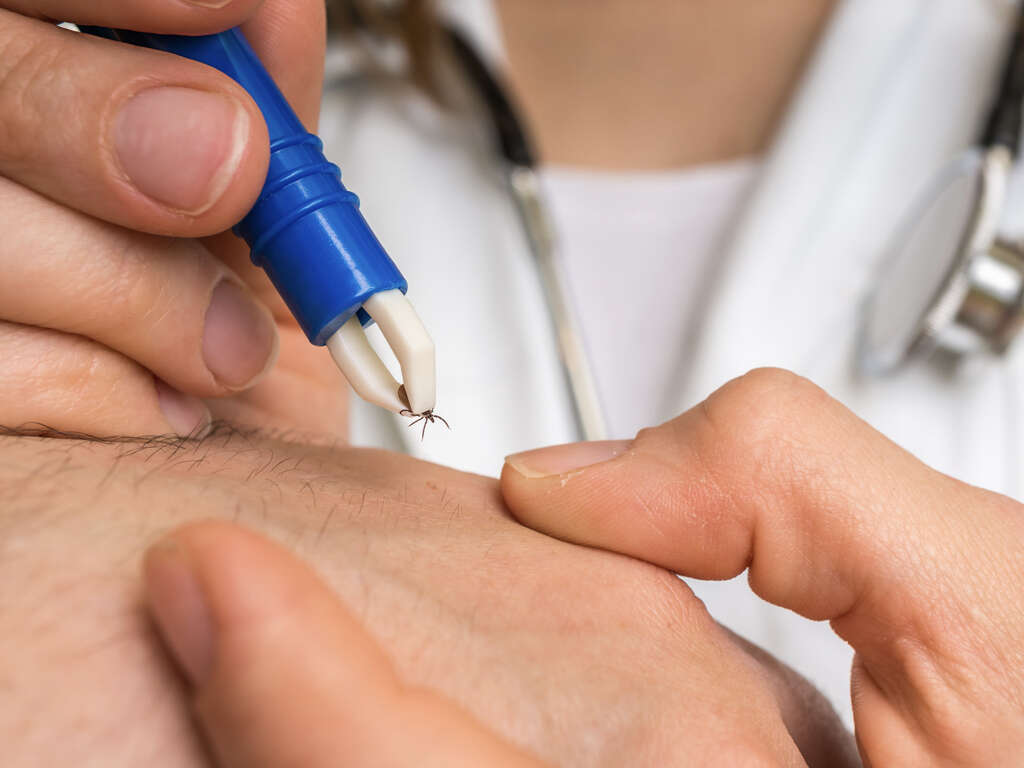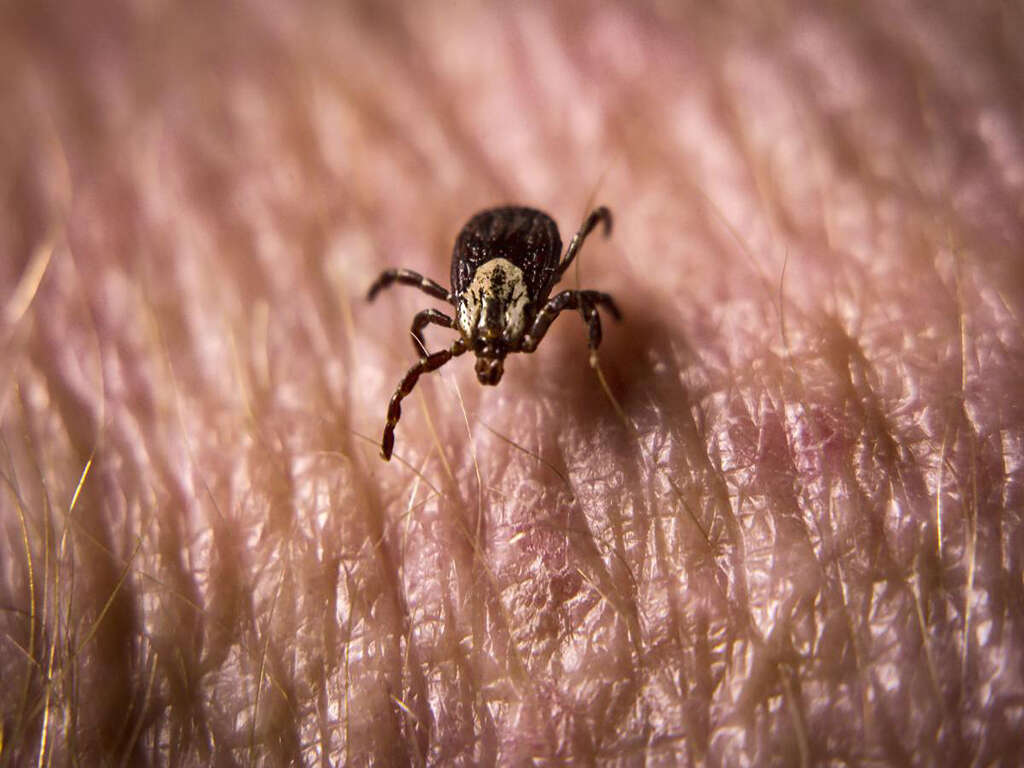10 Lyme Disease Symptoms
Lyme disease is an infectious disease which is transmitted to humans by the bite of infected ticks (Ixodes genus) with the bacteria Borrelia Burgdorferi. In most cases, in order for the bacteria to spread, the tick must be attached anywhere from around 36 to 48 hours. Lyme disease is most usual to develop during the hot spring and summer days. Transmission of Lyme disease is most common during hot springs and summer days (from May to November) and in specific geographical areas (i.e. Northeast of United States).
It has been estimated that the disease is more common among children between ages 5 and 10 and adults between the ages of 25 and 45. Furthermore, a major risk factor for Lyme disease is spending time outdoors, in wooded, bushy or grassy habitats without adequate protection. Lyme disease is considered to be a serious public health problem in the United States. Approximately 30,000 new cases are reported each year to the Center for Disease Control (CDC) in the United States.

Symptom #1: Skin Rash
Skin rash is perhaps the most obvious symptom of the Lyme disease. The distinct look of the so-called “bull’s eye” of Erythema migrans (EM) is the first symptom that makes any doctor suspect that it is, in fact, Lyme disease that they are looking at.
Erythema migrans develops at over 70% of the patients, in most cases, within the first 3 to 30 days after the tick bite. The rash develops in the area of the tick bite, with characteristic redness being present. However, no pain or itchiness ever develops. Warmth might also develop. Later, additional skin rash might develop as well.
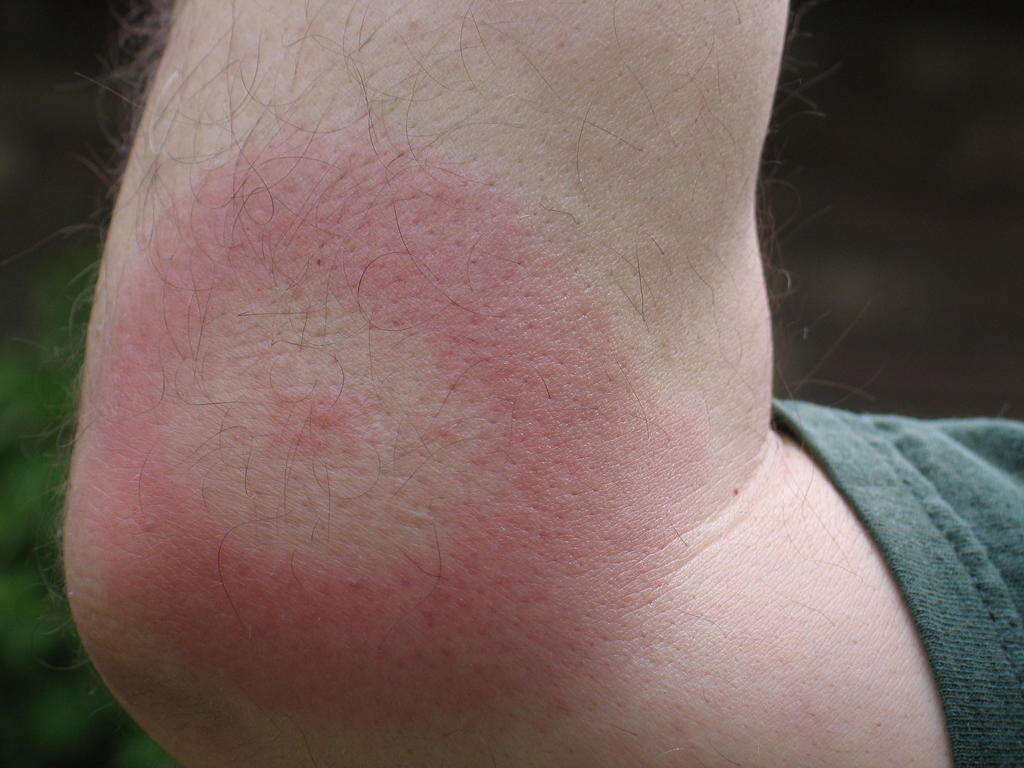
Symptom #2: Fever
Since we are talking about an infectious disease, fever can be expected. This symptom might even develop before the skin rash does, making the diagnosis of Lyme disease difficult since it can be confused with other conditions like the seasonal flu.
Approximately half of patients present with flulike symptoms in the first week of infection. This includes fever, which is usually low grade.
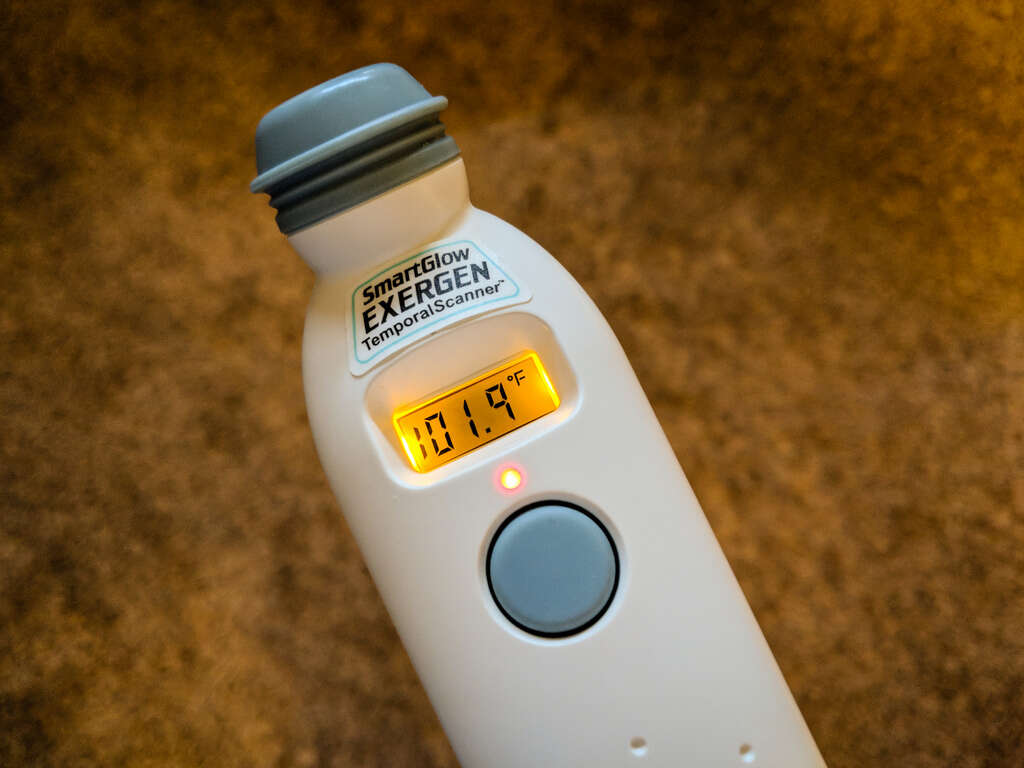
Symptom #3: Joint Symptoms
In the early stage of Lyme disease, muscle (myalgia) and joint pains (arthralgia) can accompany flu-like symptoms. Later on, in the second stage of Lyme disease or disseminated stage (3-10 weeks after the bite) patients can experience pain and inflammation in several joints that can be migratory, meaning that it can move from one joint to another. In chronic Lyme disease patients can develop arthritis, usually in large joints like the knee (knee involvement in 90% of cases).
This inflammatory process can involve bursae, tendons, and joints. It can evolve to affect only one joint (monoarticular), usually involving the knee, ankle or wrist. Some people can present intermittent joint pain without inflammation. In 60 percent of patients, the first episode occurs within six months of the rash, and can last about a week. Recurrences can also be observed, and they usually involve more than one joint. In time, recurrences can become less frequent, involve fewer joints and increase in severity.
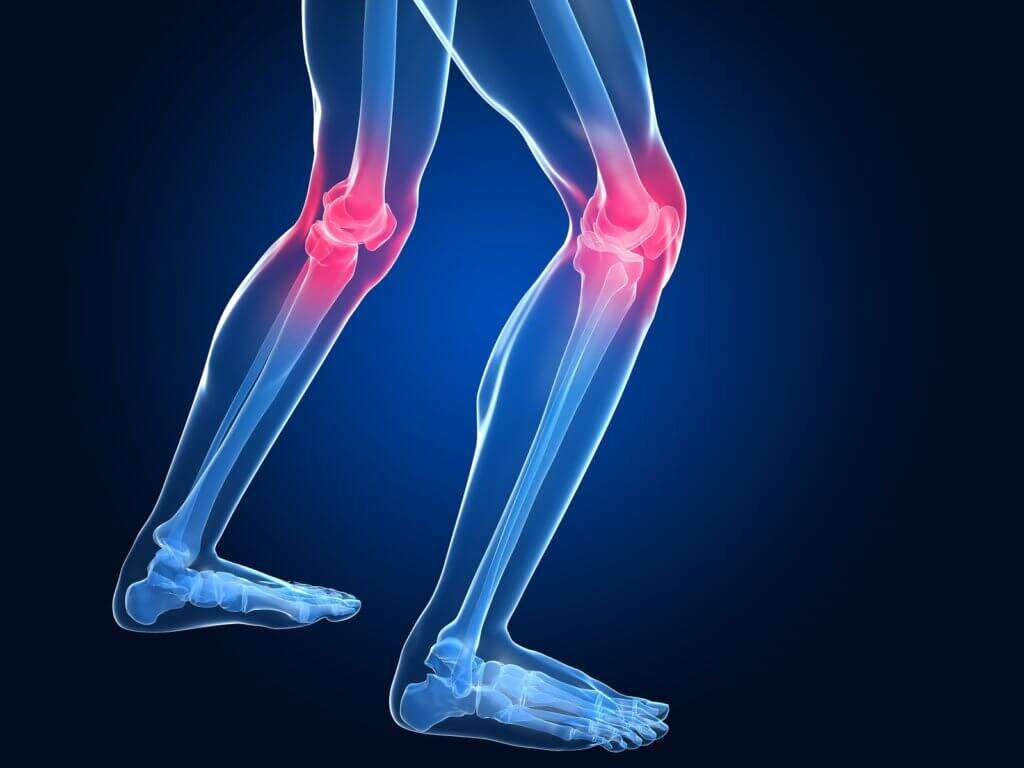
Symptom #4: Fatigue
In the first stage of Lyme disease, patients can experience flu-like symptoms, including fatigue and malaise. However, even after most symptoms have resolved, fatigue, pain, insomnia and depression can persist for more than 6 months after treatment for some people. This is called post-treatment Lyme disease syndrome (PTLDS).
The cause of this syndrome is unknown. Some experts believe that the bacteria can trigger an “auto-immune” response causing these symptoms, and others hypothesize that the cause is a persistent but difficult to detect infection. Although patients feel better over time, there is no definite treatment for PTLDS.

Symptom #5: Headache
Another flu-like symptom that makes diagnosing Lyme disease a bit harder is a headache.
Headache is a common symptom of the flu, but it is also a common symptom of Lyme disease that you should not forget to mention to your doctor. Both children and adults have been reported to experience headaches as a result of their Lyme disease.

Symptom #6: Sleep Problems
Sleep problems are quite common among the patients with Lyme disease. Having to experience joint pain among the other joint symptoms will probably wake you up on several occasions during the night, making it hard to get some quality sleep.
Then there are also the night sweats which develop as well. Night sweats and chills are quite common among both the children and the adults. Finally, post-treatment Lyme disease syndrome can also cause insomnia.

Symptom #7: Vision Problems
Ocular manifestations can be present since the beginning of the disease. In the first stage of Lyme disease, conjunctivitis or inflammation of the white part of the eye (conjunctiva) can be present. This can manifest with tearing and redness of the eye. Some patients may also experience light hypersensitivity or photophobia. These are both mild and transient.
Many important complications can occur during stage two of Lyme disease. Blurred vision and eye pain can be attributed to the inflammation of the cornea (keratitis) or the iris (iritis). Blurred vision can also be a symptom of involvement of the optic nerve, as it enters the back of the eye, and/or its fibers. The inflammation of the optic nerve, can affect one side or both. It can also be associated with other neurologic manifestations. Lastly, Lyme disease is a rare cause of meningitis or the inflammation of the meninges in the central nervous system. One important ocular symptom of meningitis is photophobia or light hypersensitivity.

Symptom #8: Heart Problems
Lyme disease may rarely affect the tissues of the heart, causing inflammation or alterations in their electrical activity. Most episodes occur in stage two of the disease, and are isolated and transient, lasting less than a week. Depending on the condition, symptoms may vary.
Symptoms include dizziness, temporary loss of consciousness (syncope), shortness of breath (dyspnea), chest pain, and palpitations. Cardiac involvement ranges from arrhythmias (alterations of the rate or rhythm of your heartbeat) to transient heart block or inflammation of the outer and middle layers of the heart (myopericarditis).
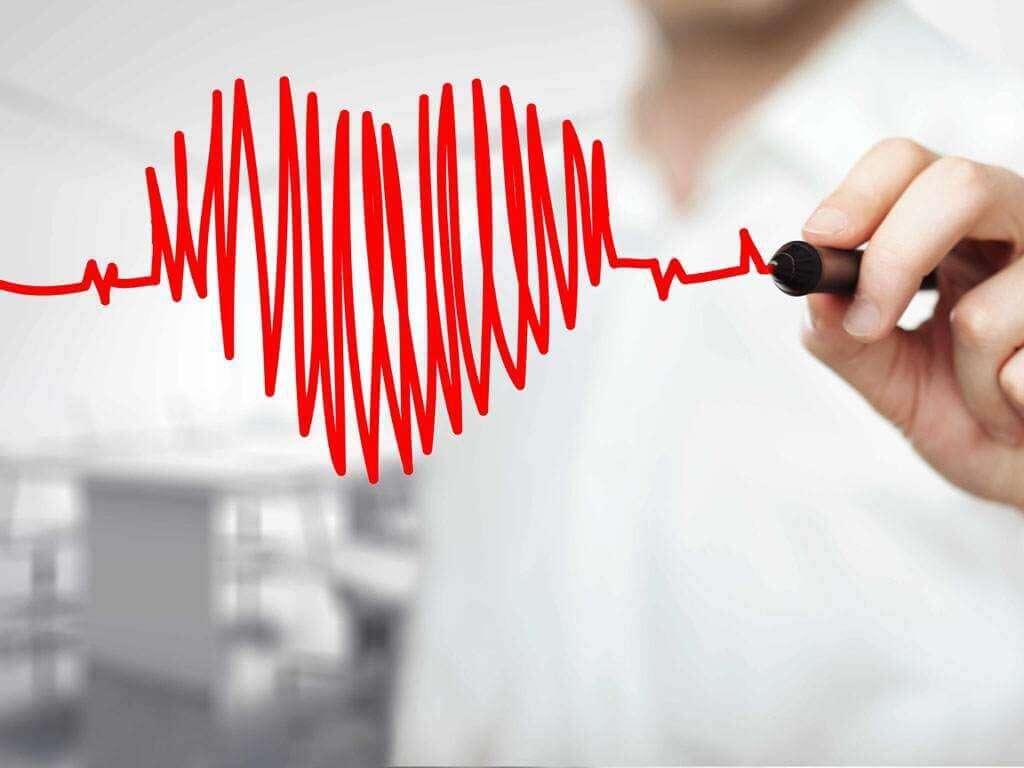
Symptom #9: Cognitive Decline
Concentration problems, loss of focus and even loss of memory are some of the most common symptoms linked to cognitive decline caused by the Lyme disease. These symptoms can occur months to years after the infection.
For older patients, the doctor might write off their poor concentration and loss of memory to old age or stress. Thus, epidemiologic context in a person with suspected Lyme disease is extremely important.
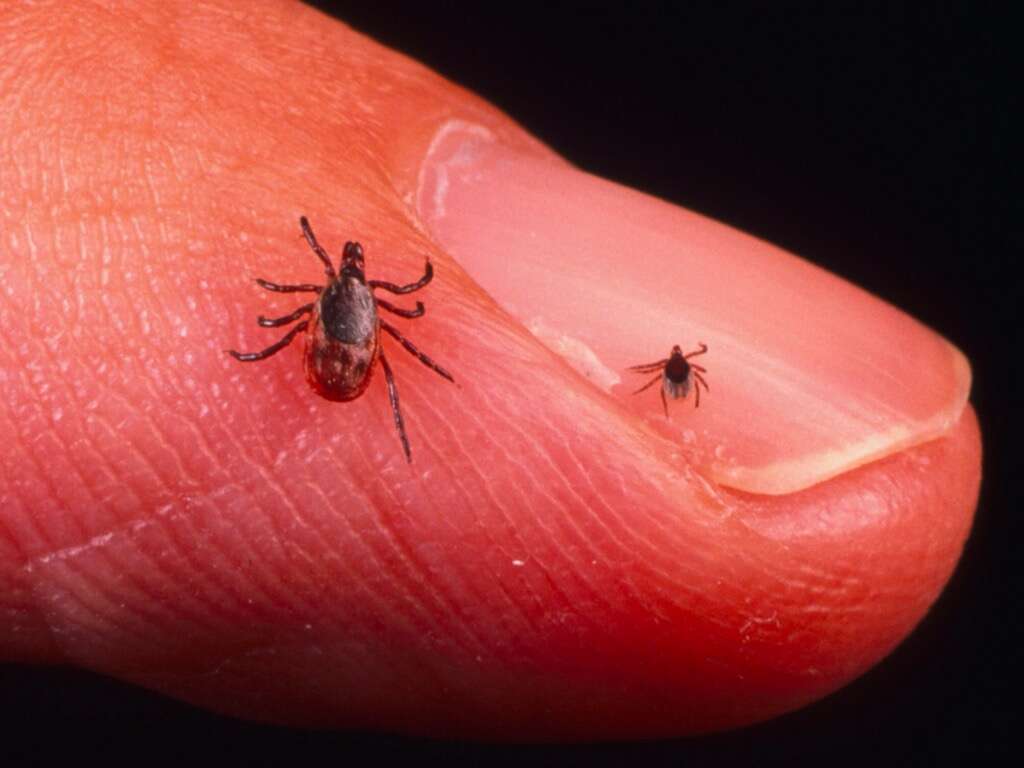
Symptom #10: Mood Changes
Apart from affecting your skin, cardiovascular and nervous system, Lyme disease can affect your mood as well.
Many patients who have been diagnosed with Lyme disease in the past report experiencing unexplained mood changes months after treatment. These symptoms can vary from mild to severe. The patient may feel irritated, depressed or even anxious for no reason.





